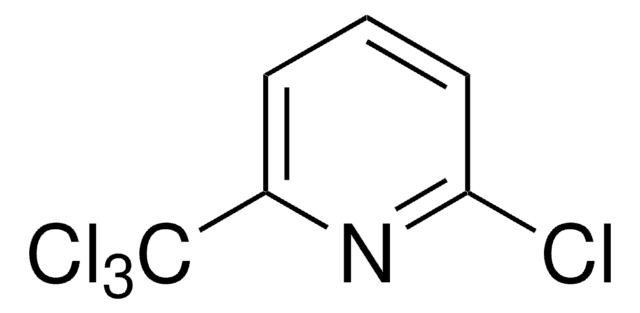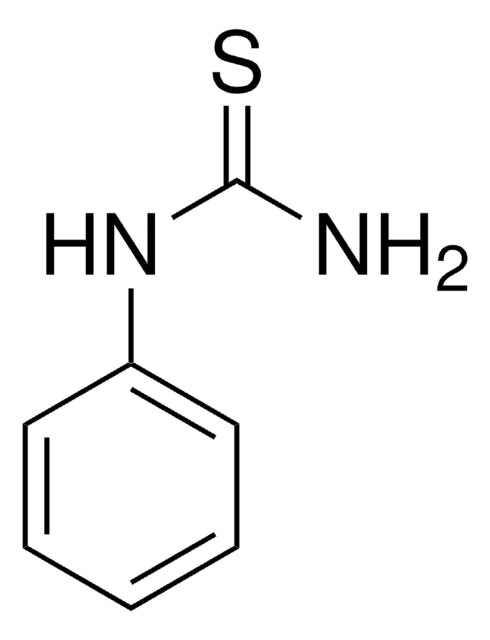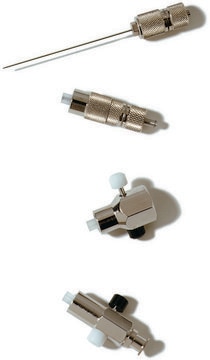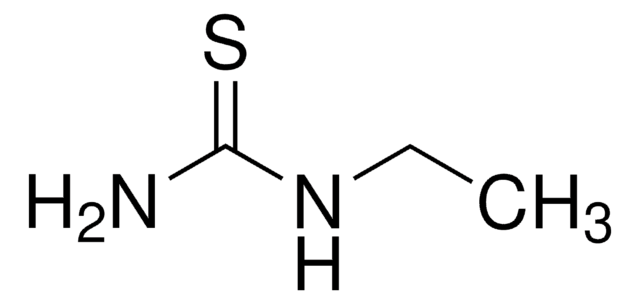108804
N-Allylthiourea
98%
Sinónimos:
1-Allyl-2-thiourea, Thiosinamine
About This Item
Productos recomendados
agency
suitable for SM 5210
Quality Level
assay
98%
form
solid
mp
70-72 °C (lit.)
solubility
H2O: soluble 30 parts
alcohol: soluble
benzene: insoluble
diethyl ether: slightly soluble
density
1.11 g/mL at 25 °C (lit.)
functional group
amine
thiourea
SMILES string
NC(=S)NCC=C
InChI
1S/C4H8N2S/c1-2-3-6-4(5)7/h2H,1,3H2,(H3,5,6,7)
InChI key
HTKFORQRBXIQHD-UHFFFAOYSA-N
¿Está buscando productos similares? Visita Guía de comparación de productos
Categorías relacionadas
Application
Biochem/physiol Actions
signalword
Danger
hcodes
Hazard Classifications
Acute Tox. 3 Oral
Storage Class
6.1C - Combustible acute toxic Cat.3 / toxic compounds or compounds which causing chronic effects
wgk_germany
WGK 3
flash_point_f
Not applicable
flash_point_c
Not applicable
ppe
Eyeshields, Faceshields, Gloves, type P2 (EN 143) respirator cartridges
Elija entre una de las versiones más recientes:
¿Ya tiene este producto?
Encuentre la documentación para los productos que ha comprado recientemente en la Biblioteca de documentos.
Nuestro equipo de científicos tiene experiencia en todas las áreas de investigación: Ciencias de la vida, Ciencia de los materiales, Síntesis química, Cromatografía, Analítica y muchas otras.
Póngase en contacto con el Servicio técnico








